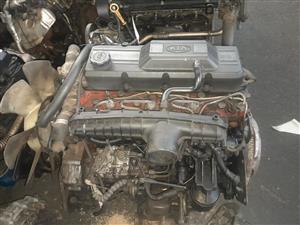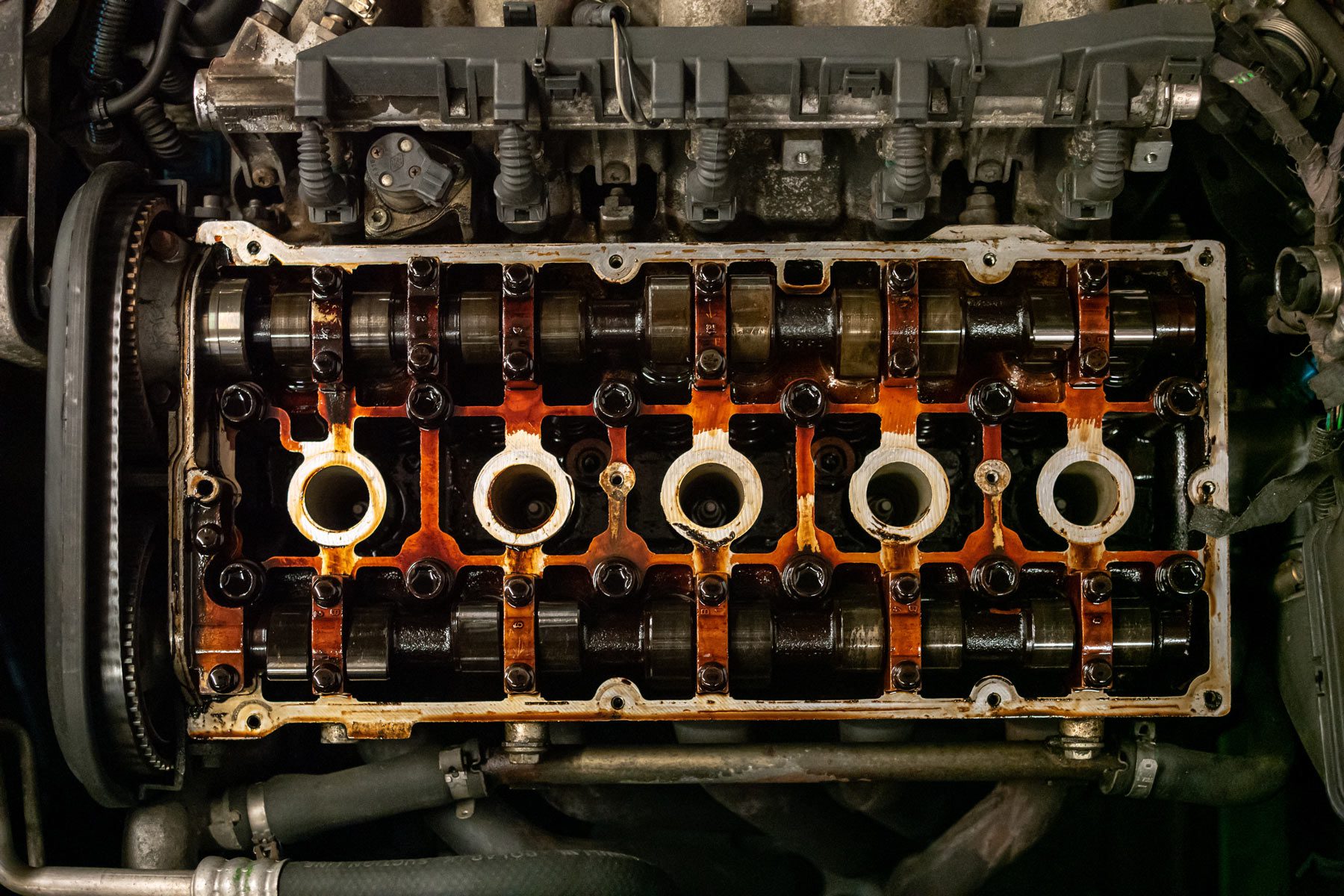Just how to Choose the Right Opel Corsa Engine for Your Automobile
Just how to Choose the Right Opel Corsa Engine for Your Automobile
Blog Article
Exploring the Inner Workings of a Compact Lorry's Engine System
As vehicle drivers, we usually take for approved the detailed procedures that take place within the boundaries of our automobile's engine system. In this expedition of a compact car's engine system, we will unravel the inner operations of this mechanical symphony, shedding light on the enigmas that drive us forward on our daily journeys.
Burning Process Summary
The combustion process in a compact automobile's engine system is an essential system that effectively converts fuel into energy to power the vehicle. This process takes place within the burning chamber of the engine, where gas and air mix, fire up, and generate controlled surges. The burning procedure contains 4 main phases: consumption, exhaust, power, and compression.
Throughout the intake phase, the piston moves downward, pulling in a blend of air and gas into the combustion chamber. The following phase, compression, includes the piston moving upward, pressing the air-fuel mix to enhance its effectiveness. Consequently, in the power stage, the ignition system sparks the compressed mixture, leading to a fast growth of gases that forces the piston back down. This descending movement produces the power needed to drive the car. Lastly, in the exhaust stage, the burnt gases are eliminated from the burning chamber through the exhaust valve, preparing the chamber for the next cycle. This cyclic burning process is fundamental to the operation of a small automobile's engine system, guaranteeing efficient energy conversion for propulsion.
Piston and Cylinder Interaction

The piston's specific fit within the cylinder is necessary for keeping optimal compression and protecting against power loss during burning. Limited clearances in between the piston and cylinder walls make sure reliable sealing, permitting the piston to relocate smoothly without permitting gases to leak past. Appropriate lubrication is additionally crucial to reduce rubbing and wear in between these parts, boosting long life and performance.
Additionally, the style and materials made use of in making the piston and cylinder impact engine performance and resilience. Modern engines commonly utilize light-weight yet durable materials like aluminum alloys for pistons and cylinder linings to minimize inertia and improve thermal performance. Generally, the unified interaction between the piston and cylinder is basic to the engine's functionality and total performance.
Fuel Shot System Capability
Fuel injection systems in compact automobile engines play a critical role in exactly delivering fuel to the combustion chamber for regulated and efficient ignition. The fuel injection system operates by injecting fuel right into the combustion chamber at the optimum moment throughout the engine's procedure (opel corsa engine). This accurate timing makes sure that my review here the fuel blends equally with the air for correct combustion, resulting in enhanced fuel effectiveness and decreased discharges
There are primarily two kinds of gas shot systems utilized in portable automobile engines: port fuel shot (PFI) and straight gas shot (DFI) PFI systems inject gas right into the consumption port prior to the consumption valve, while DFI systems infuse gas directly right into the combustion chamber. Both systems have their advantages, with DFI offering better fuel atomization and PFI giving a much more cost-effective solution.
Understanding Engine Air Conditioning Mechanisms
Efficient operation of a portable car's engine depends greatly on the performance of its cooling systems. The air conditioning system in a compact lorry typically is composed of numerous elements working together to regulate the engine temperature. Recognizing these engine cooling mechanisms is essential for maintaining the efficiency and longevity of a small car's engine system.

Exhaust System Components Explained
The optimum performance of a compact lorry's engine cooling mechanisms depends on a complementary system referred to as the exhaust system, which makes up various important elements for guaranteeing reliable exhausts and engine efficiency. The exhaust system consists of parts such as the exhaust manifold, catalytic converter, muffler, and tailpipe. The exhaust manifold gathers exhaust gases from the engine's paths and cylinders them wikipedia reference to the catalytic converter. The catalytic converter then transforms hazardous contaminants in the exhaust into less harmful discharges prior to launching them through the muffler and tailpipe.
One important component of the exhaust system is the oxygen sensing unit, which keeps an eye on the oxygen levels in the exhaust gases to help control gas intake and guarantee optimal engine performance. opel corsa engine. In addition, the resonator may exist in some exhaust systems to minimize sound levels. On the whole, the exhaust system plays a vital duty in maintaining engine performance, reducing dangerous emissions, and making sure a quieter driving experience for compact vehicle owners

Verdict
Finally, the portable vehicle's engine system is a complicated combination of elements that interact to promote the combustion process, convert fuel right into energy, and expel waste gases. Comprehending the internal workings of the engine system, consisting of the piston and cylinder communication, gas shot system, engine cooling mechanisms, and exhaust system parts, is important for maintaining optimum performance and performance of the lorry.
The burning process in a compact automobile's engine system is an essential device that effectively transforms fuel into energy to power the automobile.Gas shot systems in small vehicle engines play an essential role in exactly supplying gas to the burning chamber for controlled and efficient ignition.There are mostly two kinds of gas shot systems used in small vehicle engines: port fuel injection (PFI) and direct visit our website fuel injection (DFI) Recognizing these engine air conditioning mechanisms is crucial for preserving the performance and longevity of a portable automobile's engine system.
The optimal functioning of a small car's engine cooling devices depends on a complementary system known as the exhaust system, which comprises different necessary parts for making sure reliable emissions and engine efficiency.
Report this page